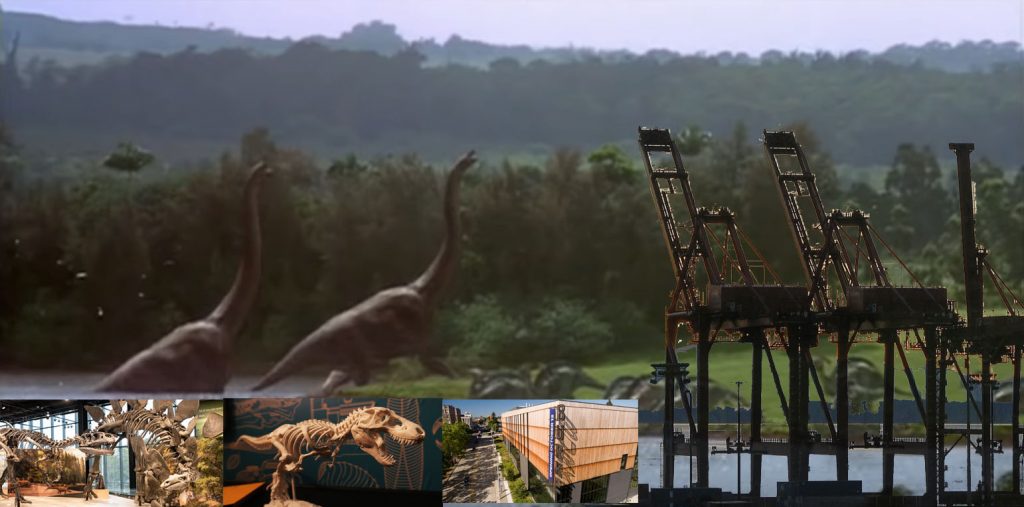
If the Jurassic Park books, movies, and theme park franchise had been created closer to Seattle than Costa Rica, on, say, Orcas Island in the Puget Sound rather than Isla Nubar, and those long-necked, loping Brachiosaurids were spotted among their mechanical doppelgängers, the towering, bright orange loading cranes on the Seattle waterfront, the recently reborn Burke Museum would be the park’s nerve center.
The Burke’s five freezer banks, containing over 75,000 tissue samples from birds, mammals, reptiles and amphibians, were recently transplanted, not to re-create a lost species of pterodactyl, but to be relocated inside the museum’s magnificently redesigned and rearchitected home. Deep inside the Burke’s exhibition halls and galleries exploring biology, archaeology, Northwest Native Art and ice-age fossils, curated tissues are maintained and climate-controlled at -80° C for long term stability. The lowest temperature ever recorded at the Earth’s surface was -89.2° C (-128.6°F) in Antarctica.
The Burke’s tissue collection is among the largest in the world for vouchered tissue collections (animals associated with each tissue) and is especially noteworthy for its avian holdings. The Burke Museum could also serve as the Jurassic Education Center featuring one of the best-preserved T. rex skulls in the world among hundreds of interactive and multimedia exhibits.
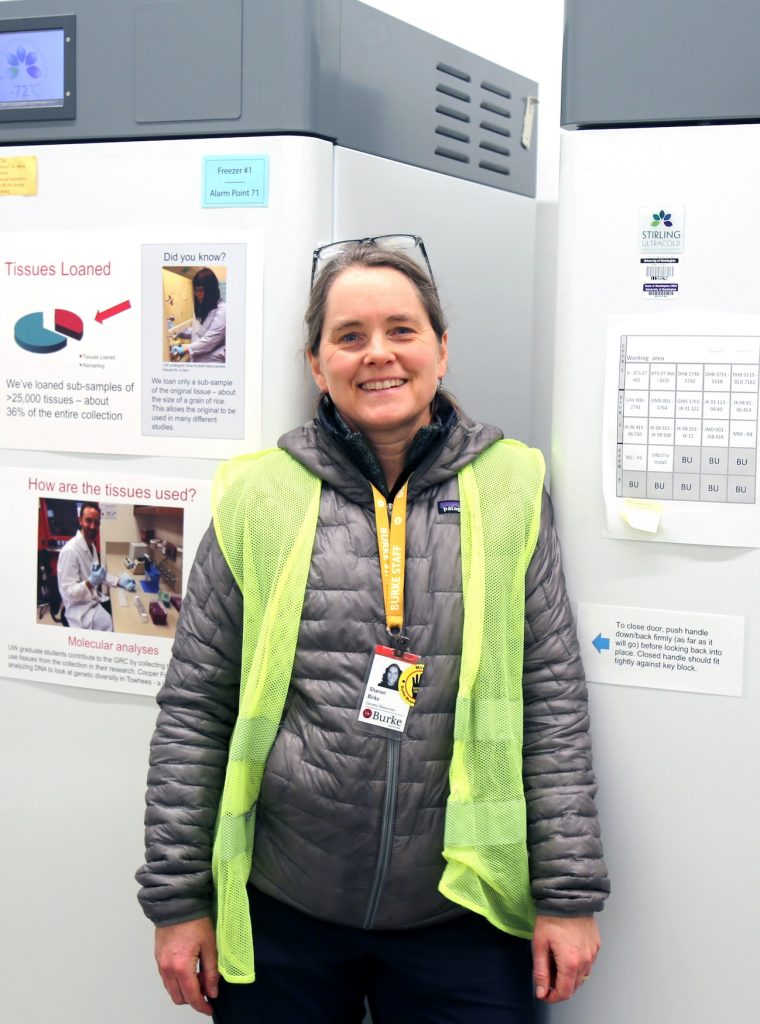
Sharon Birks has presided over the Genetic Resources Collection (GRC), since 1998 following a BS in Zoology from UW, a PhD in Animal Behavior from Cornell University, and post-doc research at the UW. She has a special fascination with birds, including reproductive behaviors and mating systems that keep avian species flying. “I ended up working with a fascinating family of birds in the South Pacific known as megapodes.”
At Cornell, she did field biology and molecular lab work for her PhD. For example, the Australian Brush-turkey – this particular species builds huge incubation mounds to incubate its eggs.
“I was looking at the evolution of the whole family for my post-doc work. At the very same time, the Burke was looking for a bird biologist for the new manager position of the Genetic Resources Collection,” she recounts.
As life science biologists, archaeologists and anthropologists would say, “the rest is history!”
Seattle24x7: How many requests would you say you get per year to draw on your tissue collection for research purposes?
Birks: 55-70 is typical these days, for approximately 1500-1750 tissues (total). About a loan a week goes out from here. Maybe a dozen of those are international loans. Over the years, I’ve sent out over 900 loans of almost 30,000 tissues.
Seattle24x7: How are the Burke Museum’s tissue samples used in research?
Birks: Much of the research explores evolutionary histories and relationships, including genetic diversity or species boundaries, often with implications for conservation.
Because we have tissues from all over the world, our collection can be used to answer all kinds of questions that come in from around the world. Researchers are interested in analyzing isotopes to track bird migration, looking at environmental pollutants, and examining a wide range of other criteria. DNA sequencing almost always provides the data.
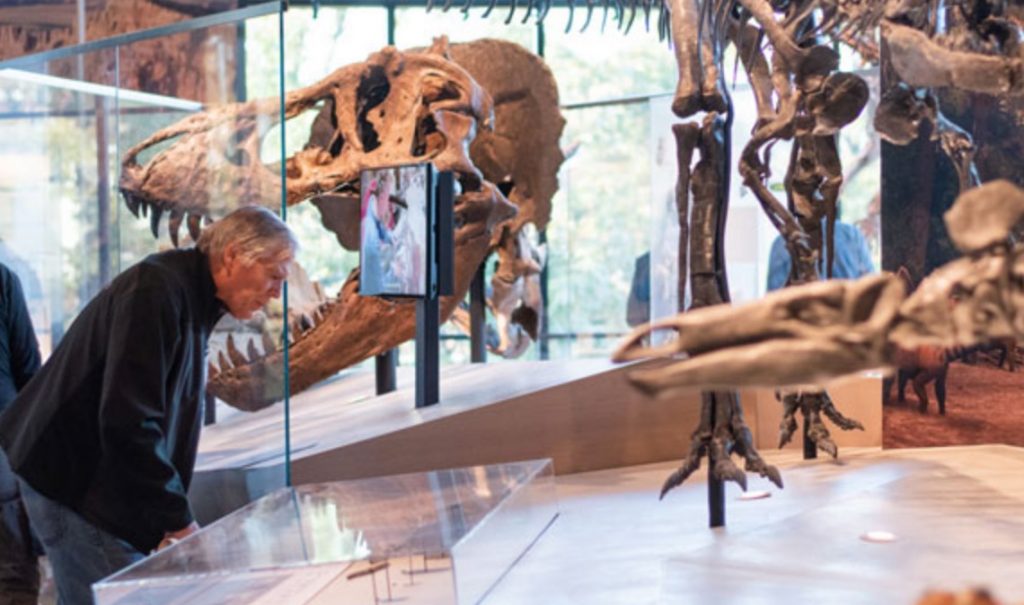
Seattle24x7: One of your areas of focus is Wildlife Management. In this capacity, you appear to be playing the role of DNA detective?
Birks: We will often provide reference tissues from known species to help ID unknown DNA that is found in the environment. For example, the Smithsonian has a lab that IDs birds from plane strikes (to help both understand and reduce bird strikes). We have provided them with a number of species over the years to help with their ID library.
Local national park biologists have borrowed tissues from various local mammals and birds so that when they do environmental surveys, they are able to tell which species were present. For example, in the case of the Elwha River restoration; or surveying mountain rivers for duck species.
We also provide reference material (predator and prey species) for wildlife researchers studying owls, wild cats or other local species who want to ID the animal and their prey from DNA extracted from scat or owl pellets found in the field.
Seattle24x7: Another area of exploration is Conservation Biology. How would you describe your contributions in this area?
Birks: An understanding of genetic diversity and history underlies most conservation decisions these days. This includes the discovery of new species, such as a local flying squirrel, trying to track the wildlife trade, identifying genetically distinct populations, investigating cryptic species, and studying loss of genetic diversity due to habitat fragmentation.
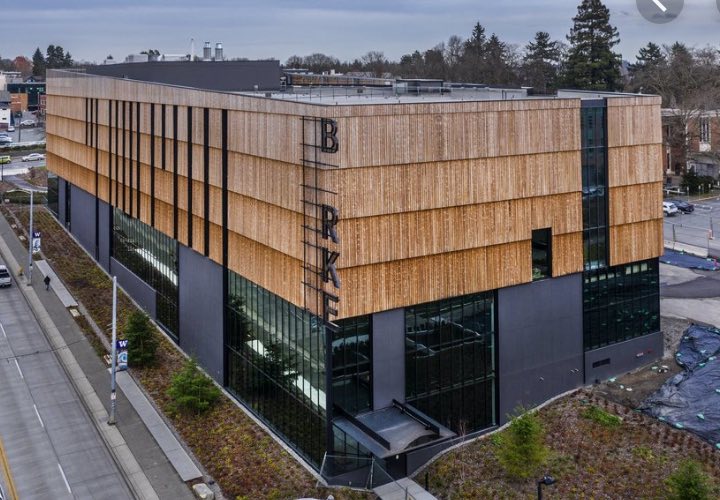
Seattle24x7: What would be a practical example of Conservation Biology in action?
Birks: A few years back, a Swedish lab was doing similar broad surveys of birds from around the world, trying to determine which had UV vision and how it has evolved in birds. This trait has ecological and behavioral implications.
Another recent loan was to a lab that is trying to understand the evolution of resistance to tetrodotoxin (a potent toxin produced by newts and pufferfish – herons and garter snakes are immune); another was looking at hemoglobin adaptations to high altitude in birds; another was to understand the genetics underpinning different color morphs in heron species. Some labs also look at how DNA evolves over time, for example – how viral DNA is introduced into animals’ genomes.
Seattle24x7: The Burke’s tissue samples are also being applied to medical field research?
Birks: An Australian lab studying immunity to influenza asked for a broad array of mammals to see what the evolutionary history of particular immune proteins was. Another lab, working on stem cell function in skin and hair growth, asked for hippopotamus tissue (a close dolphin relative) because they suspected it would have interesting mutant genes.
One lab that is looking at the importance of metabolic rates in humans asked for whales and shrews to look at genes involved in very large versus very small mammals.
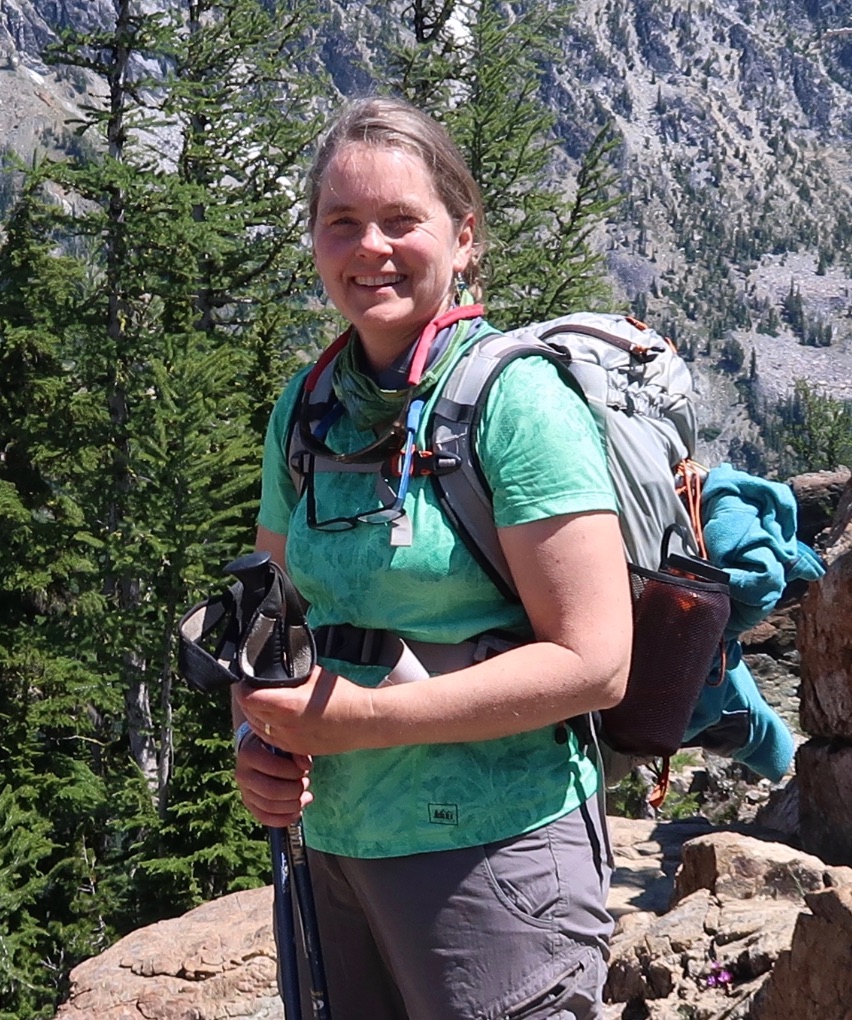
Seattle24x7: Of the thousands of tissue specimens you have in the collection for animals. how many, if any, are extinct or threatened species?
Birks: The collection is so young we would not have any extinct animals (we would, however, have some number of threatened/endangered species.) These endangered specimens would be from zoos or from the USFWS. For example, we have two tissue specimens from Tigers and six from Red Pandas that were donated from the Woodland Park Zoo. I have to get special permits to export these tissues internationally, as would those receiving them.
Seattle24x7: Do you know of any specific applications that have yielded particular scientific advances in the field?
Birks: One application that we have made large contributions to is the DNA Barcoding system/database (BOLD), used to identify wildlife efficiently and inexpensively for all sorts of purposes.
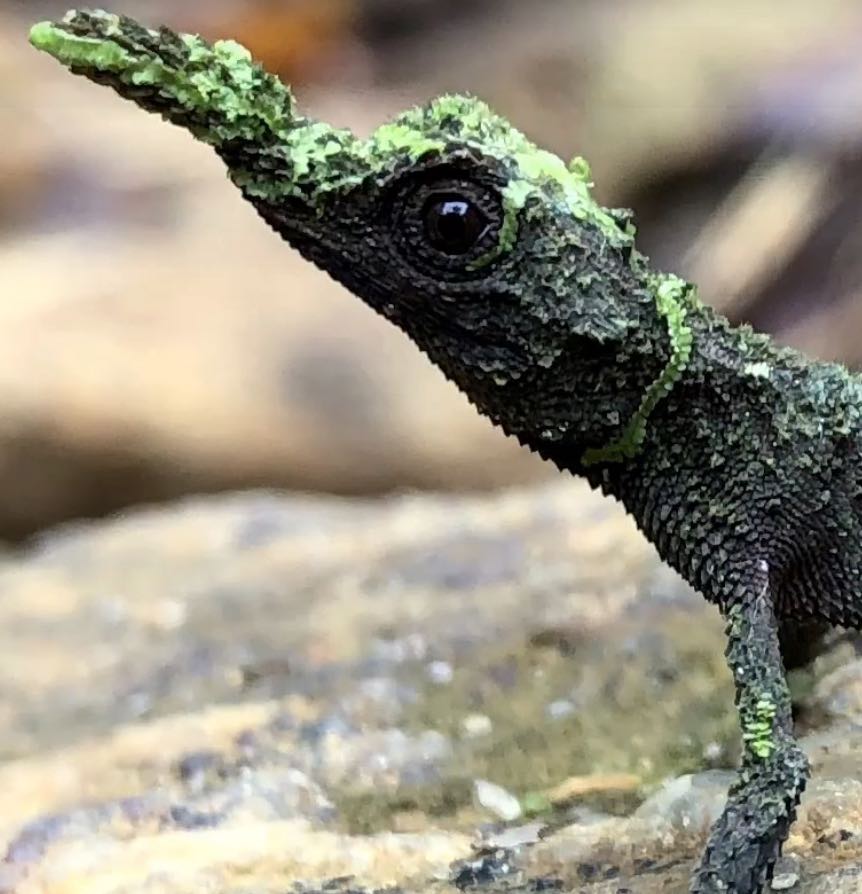
Seattle24x7: What is the oldest tissue sample (preserved or petrified) in the collection?
Birks: Ours is a very modern collection, and got started because of the advent of new DNA techniques in the 1980s, particularly PCR (a DNA amplification process – Ed.). Older specimens would be found in our other Zoological collections. These can be used for DNA extraction, but aren’t considered part of the GRC.
Seattle24x7: What is the trajectory for the GRC in terms of acquisition goals and other research activities?
Birks: We are constantly taking in salvaged material, and have research programs that bring in scientific specimens. We also respond to unusual opportunities for salvage. For example, we salvaged thousands of birds from the Exxon Valdez oil spill. We would like to expand the types of materials we collect in the future: for example, adding gut tracts so that people can look at diet over time. Basically – we are striving for greatest versatility/anticipating future needs, with a fairly small budget/staff.
Seattle24x7: How can readers get involved? Are you accepting donations?
Birks: The new Burke building has been consuming most of the Burke’s time and energy so far (and has been a game-changer for the GRC, with backup power, climate control, and room for 30-50 years’ growth.) We love to receive donations. [24×7]
Visit the NEW Burke Museum at burkemuseum.org


















